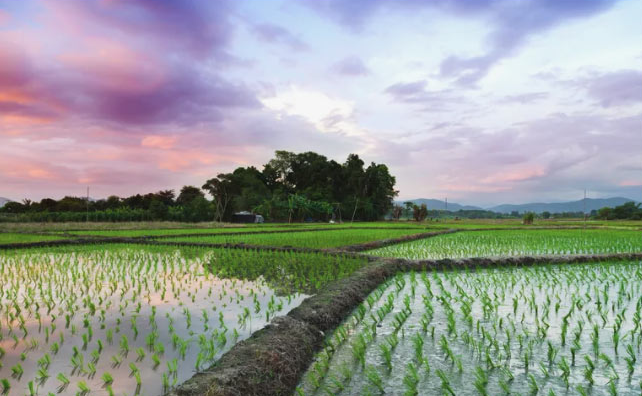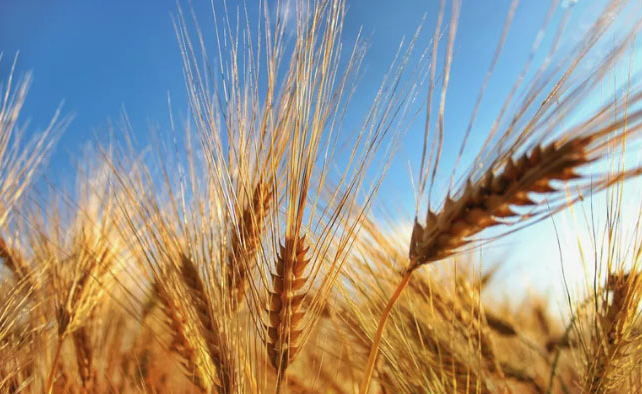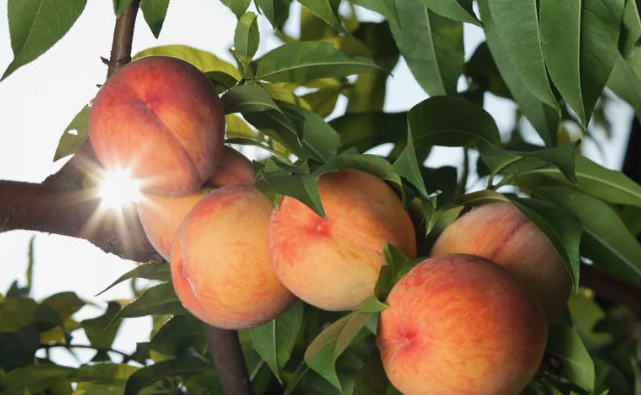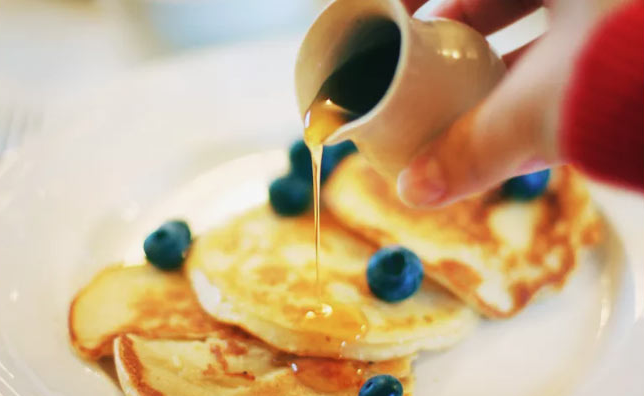
Privacy statement: Your privacy is very important to Us. Our company promises not to disclose your personal information to any external company with out your explicit permission.
6 Rice

When it comes to rice, our changing climate is more of a threat to the growing method than to the grains themselves.
Rice farming is done in flooded fields (called paddies), but as increased global temperatures bring more frequent and more intense droughts, the world's rice-growing regions may not have enough water to flood fields to the proper level (usually 5 inches deep). This could make the cultivating this nutritious staple crop more difficult.
7 Wheat

A recent study involving Kansas State University researchers finds that in the coming decades, at least one-quarter of the world's wheat production will be lost to extreme weather and water stress if no adaptive measures are taken.
Researchers found that the effects from climate change and its increasing temperatures on wheat will be more severe than once projected and are happening sooner than expected. While increases in the average temperature are problematic, a bigger challenge is the extreme temperatures that are resulting from climate change. Researchers also found that increasing temperatures are shortening the time frame that wheat plants have to mature and produce full heads for harvest, resulting in less grain produced from each plant.
According to a study released by the Postdam Institute for Climate Impact Research, corn and soybean plants can lose 5% of their harvest for every day temperatures climb above 86 °F (30 °C). (Corn plants are especially sensitive to heat waves and drought). At this rate, future harvests of wheat, soybeans, and corn could drop by up to 50 percent.
8 Orchard Fruits

Peaches and cherries, two favorite stone fruits of the summer season, may in fact suffer at the hands of too much heat.
According to David Lobell, deputy director of the Center on Food Security and the Environment at Stanford University, fruit trees (including cherry, plum, pear, and apricot) require "chilling hours"- a period of time when they're exposed to temperatures below 45° F (7° C) each winter. Skip the required cold, and fruit and nut trees struggle to break dormancy and flower in the spring. Ultimately, this means a drop in the amount and quality of fruit that's produced.
By the year 2030, scientists estimate the number of 45°F or colder days during winter will have lessened significantly.
9 Maple Syrup

Rising temperatures in the Northeast US and Canada have negatively impacted sugar maple trees, including dulling the trees' fall foliage and stressing the tree to the point of decline. But while the total retreat of sugar maples out of the US may still be several decades away, climate is already wreaking havoc on its most prized products - maple syrup - today.
For one, warmer winters and yo-yo winters (periods of cold sprinkled with periods of unseasonable warmth) in the Northeast have shortened the "sugaring season" - the period when temperatures are mild enough to coax trees to turn stored-up starches into sugar sap, but not warm enough to trigger budding. (When trees bud, sap is said to become less palatable).
Too-hot temperatures have also lessened the maple sap's sweetness. "What we found was that after years when trees produced a lot of seeds, there was less sugar in the sap," says Tufts University ecologist Elizabeth Crone. Crone explains that when trees are more stressed out, they drop more seeds. "They'll invest more of their resources in producing seeds that can hopefully go somewhere else where the environmental conditions are better." This means it takes more gallons of sap to make a pure gallon of maple syrup with the required 70% sugar content. Twice as many gallons, to be exact.
10 Peanuts

Peanuts (and peanut butter) may be one of the simplest of snacks, but the peanut plant is considered to be fairly fussy, even among farmers.
Peanut plants grow best when they get five months of consistently warm weather and 20-40 inches of rain. Anything less and plants won't survive, much less produce pods. That isn't good news when you consider most climate models agree the climate of the future will be one of extremes, including droughts and heatwaves.
In 2011, the world caught a glimpse of the peanut's future fate when drought conditions across the peanut-growing Southeastern US led many plants to wither and die from heat stress. According to CNN Money, the dry spell caused peanut prices to rise by as much as 40 percent!
What's more, if you have any interested in EVA Boat Decking Sheet or EVA SUP Pad & EVA Traction Pad, please feel free to contact us.
Melors Team
2018.08.14
E-mail:admin@melorsfoam.com
Skype:helen.oscar
WhatsApp:+86-13699812532
Tel:+86-752-3553578
LET'S GET IN TOUCH

Privacy statement: Your privacy is very important to Us. Our company promises not to disclose your personal information to any external company with out your explicit permission.

Fill in more information so that we can get in touch with you faster
Privacy statement: Your privacy is very important to Us. Our company promises not to disclose your personal information to any external company with out your explicit permission.